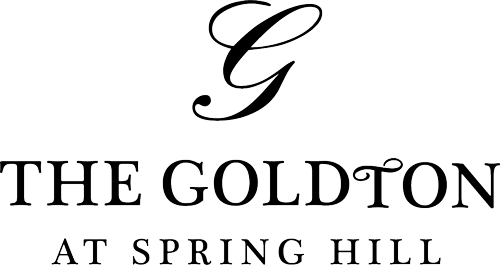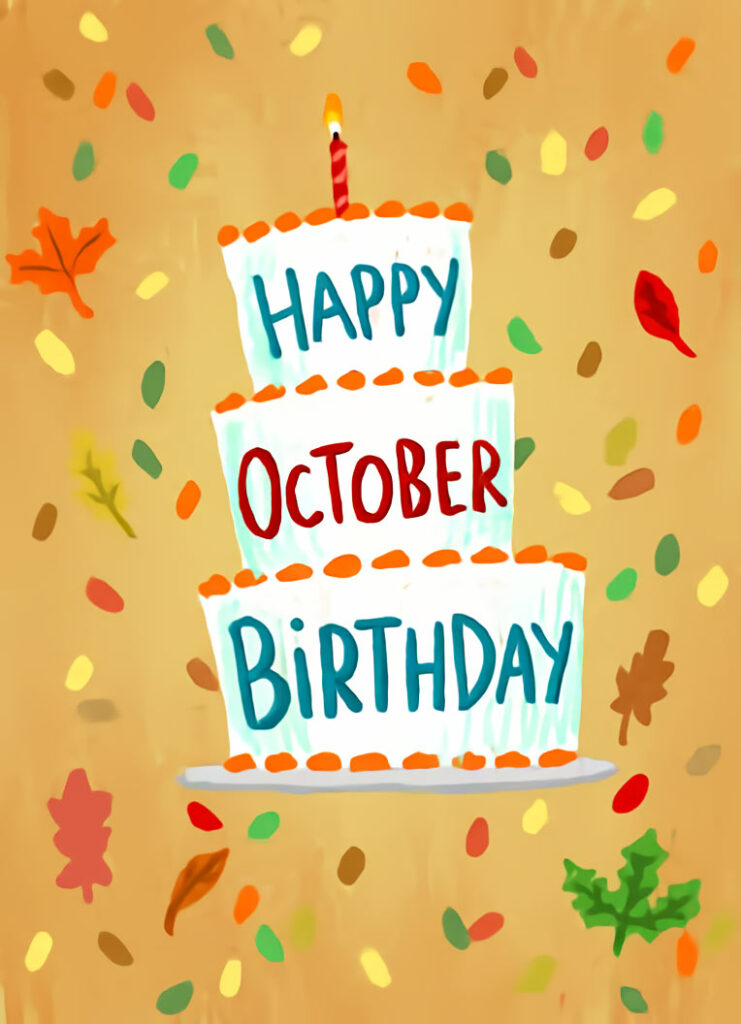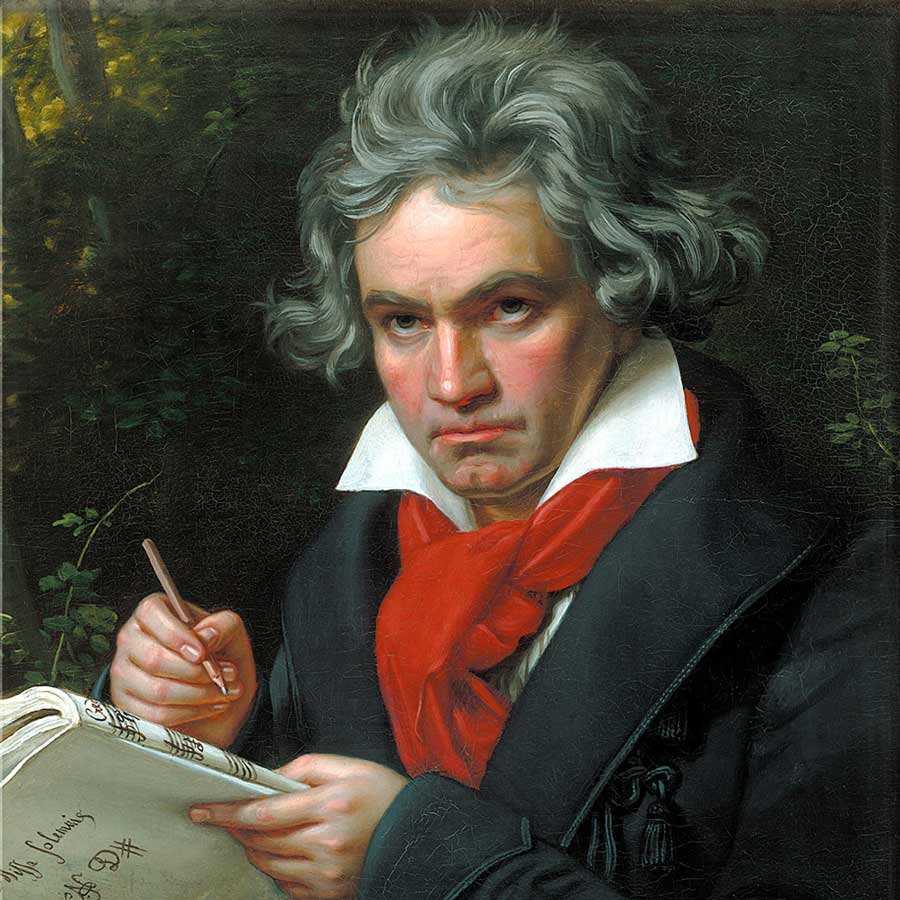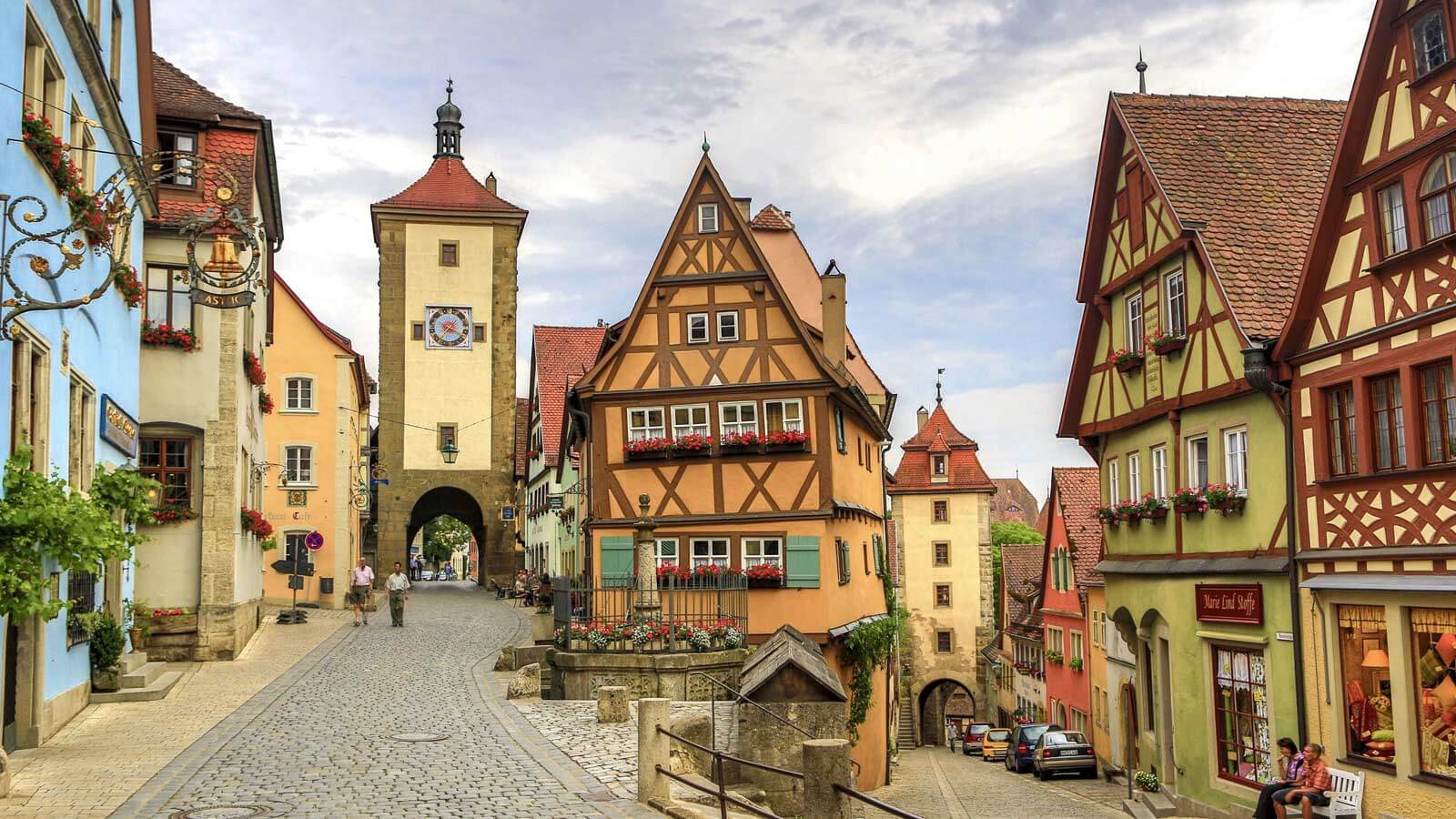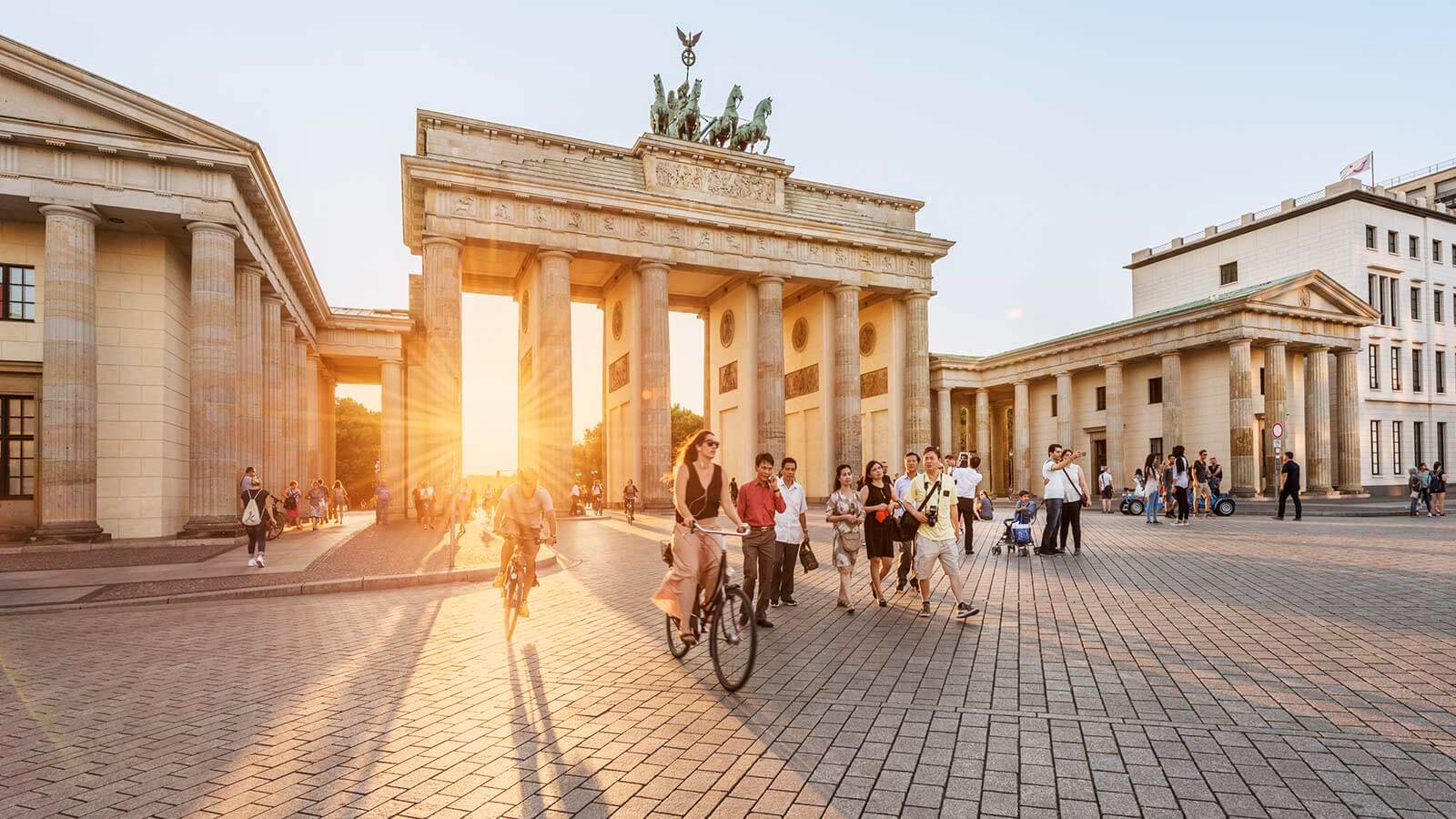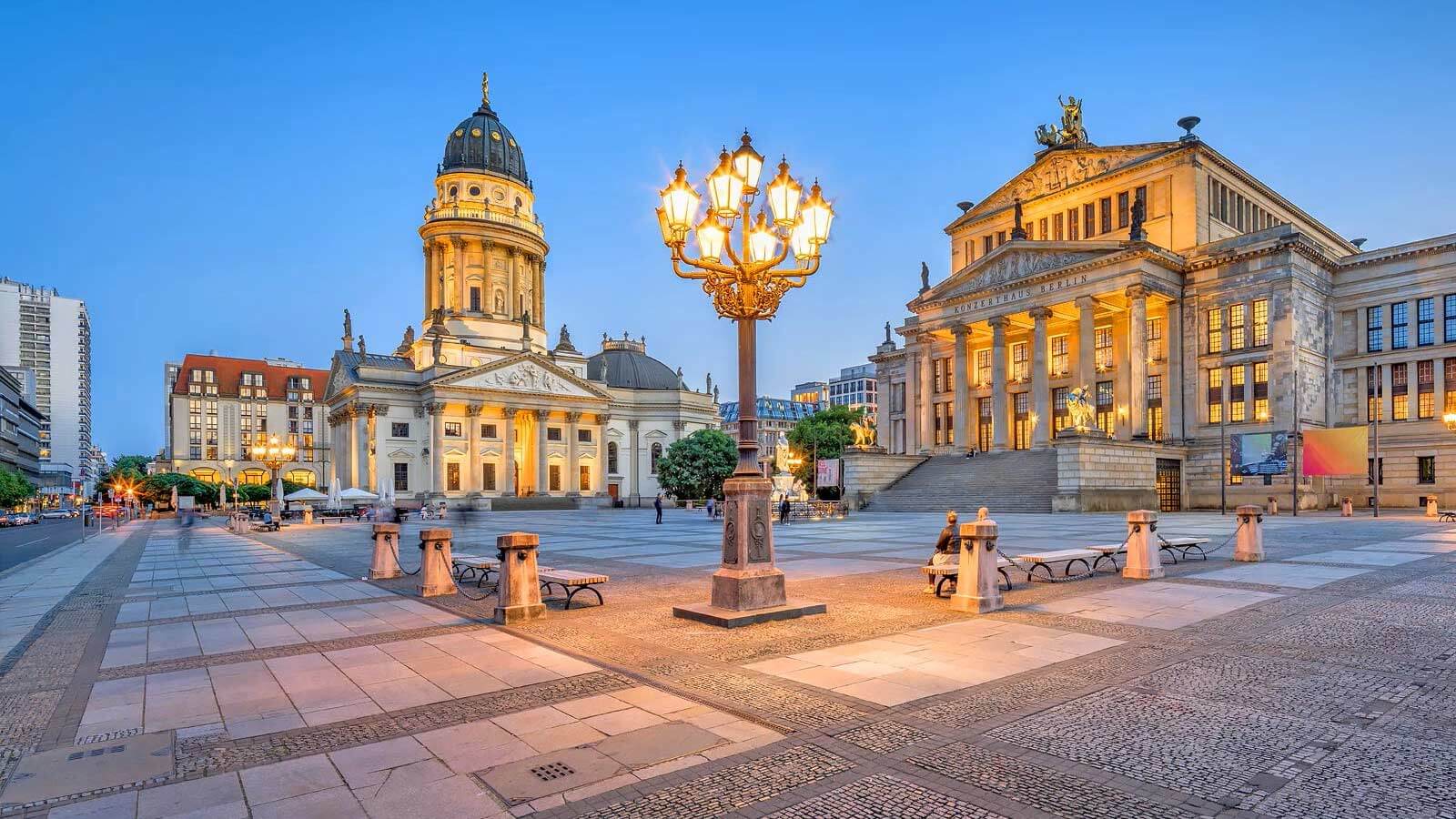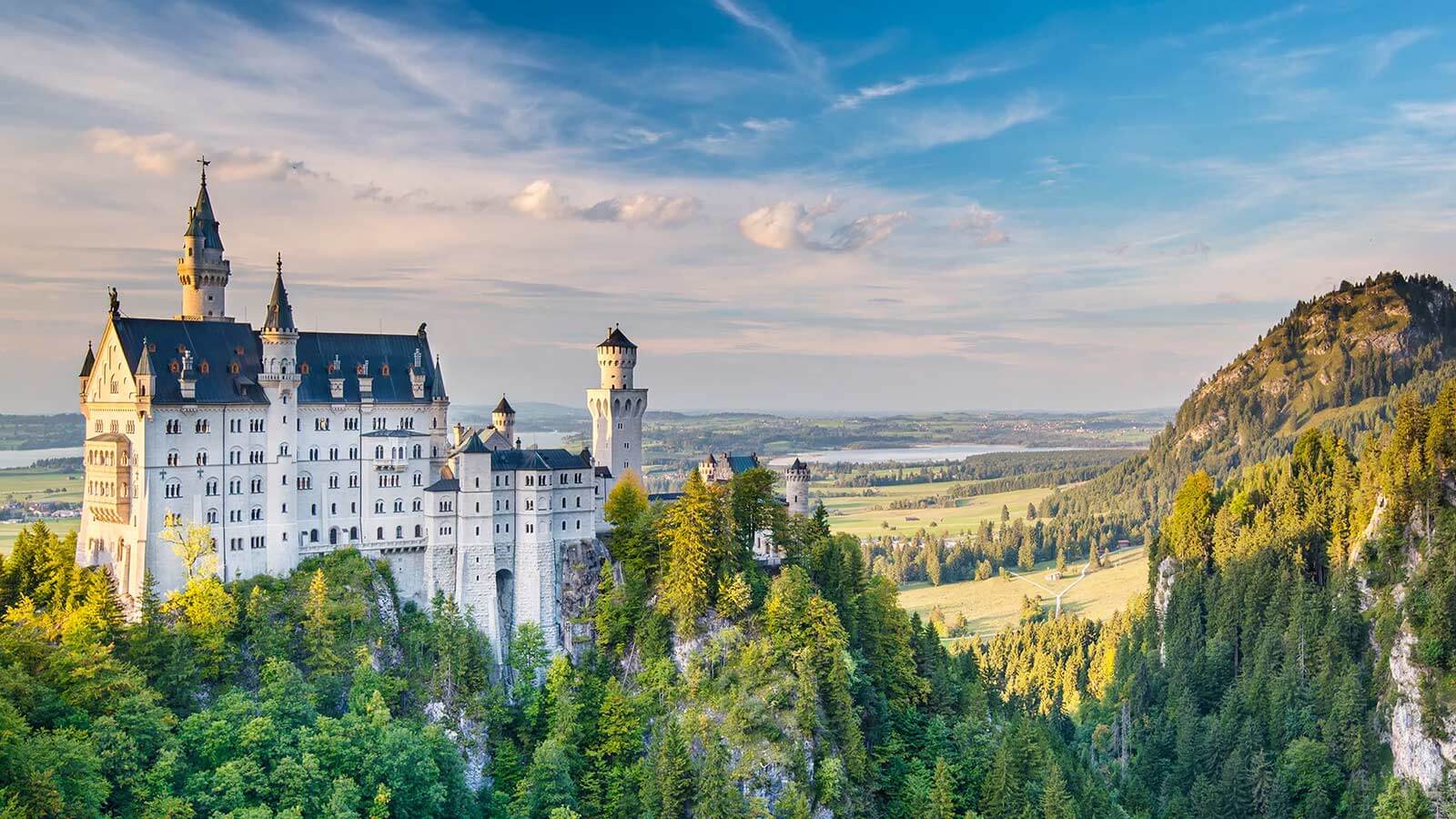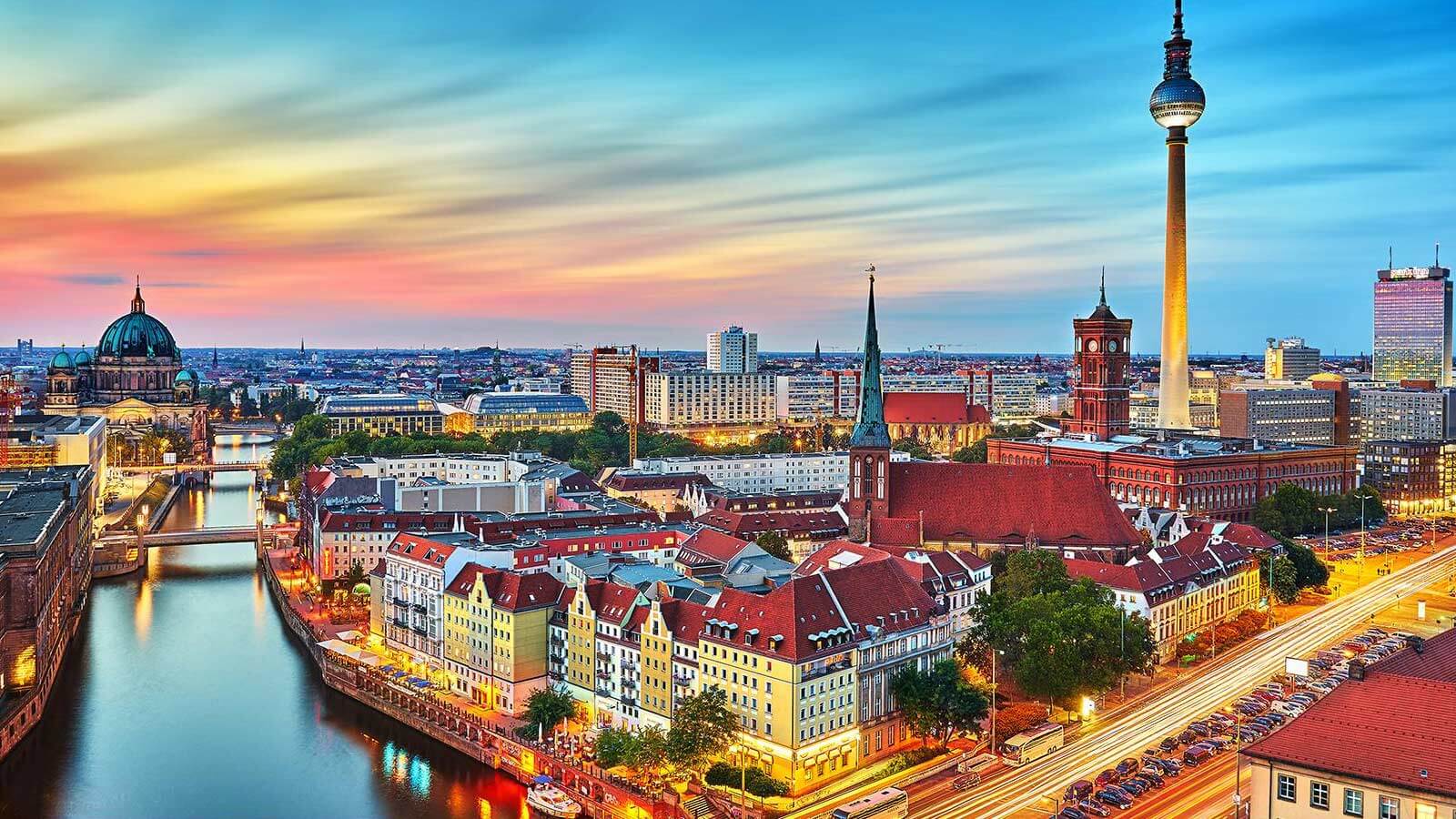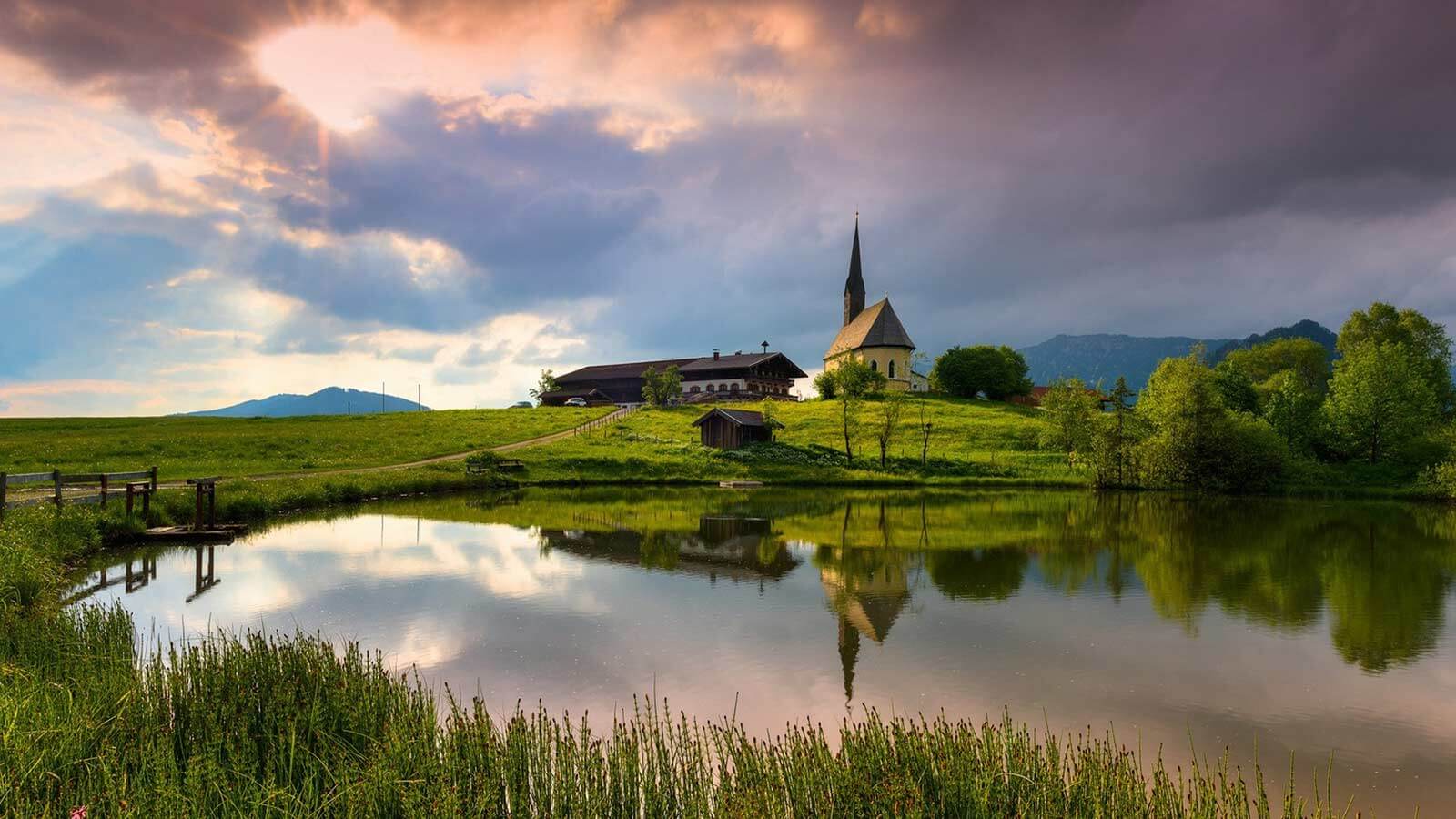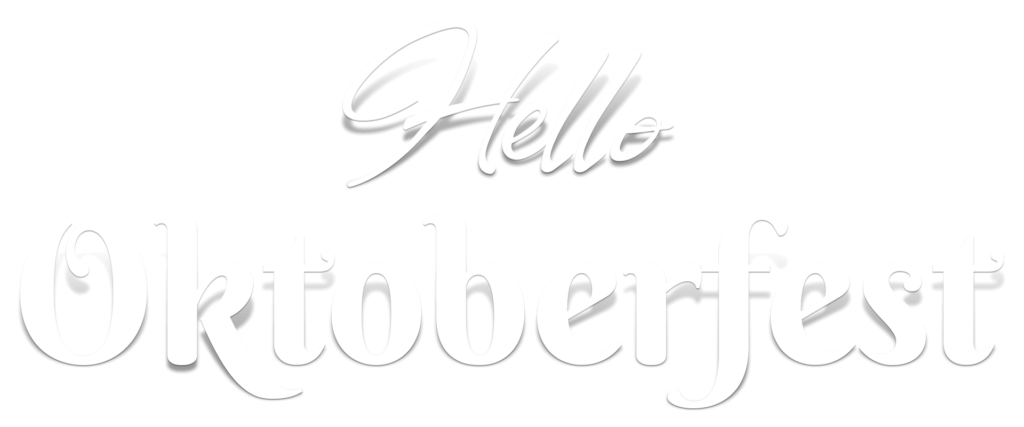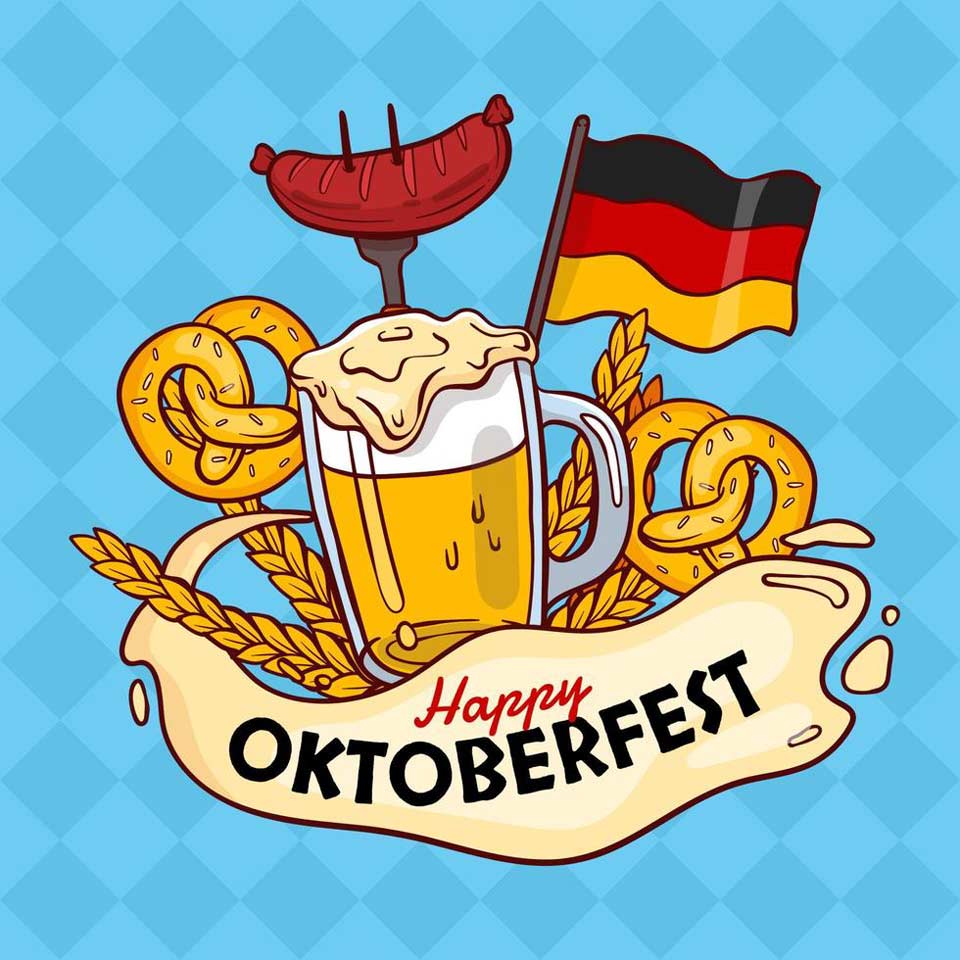Senior Living News, October 2025
The Goldton at Spring Hill Newsletter

Around the world with Atlas - October 2025 - Germany
Halloween Special
Resident Birthdays
Albina M – 10/3
Barbara S – 10/13
Irene S – 10/19
Barry R – 10/19
Vickie Q – 10/29
Elizabeth W – 10/31
Staff Birthdays
Megan B – 10/12
Chris C – 10/13
Kathryn E – 10/16
Natalie C – 10/18
Seana D – 10/20
Suldano S – 10/25
Celebrating October
Oktoberfest
Halloween
Events Spotlight
1940s USO Show,
October 17
Halloween Trick or Treating, October 31
Resident & Staff Halloween Costume Contest,
October 31
German Music Legacy
Alexa, play Beethoven’s Symphony Number 9, Opus 125, Second Movement, Molto Vivace.
The second movement of Beethoven’s Ninth Symphony bursts with restless energy and rhythmic drive. Marked Molto Vivace, it contrasts the solemn grandeur of the opening with a lively scherzo full of syncopated pulses and dramatic turns. By the time he composed this masterpiece (1822–1824), Beethoven was almost completely deaf, yet his imagination transcended silence, giving the world music of unparalleled vitality. The scherzo’s bold rhythms and jubilant spirit showcase Beethoven’s genius for combining structure and passion, paving the way for the symphony’s monumental choral finale.
Germany's Rich and Complex History
Germany’s history is rich and complex, stretching back to ancient times. In the early centuries, the region was inhabited by various Germanic tribes, and during the Roman Empire, parts of what is now Germany were under Roman control. By the early Middle Ages, the area became fragmented into a collection of kingdoms and principalities, notably the Holy Roman Empire, which existed from 800 to 1806 and was a powerful political entity in Europe. Over the centuries, the region saw a mix of conflict and cooperation, from the rise of powerful figures like Charlemagne to devastating events like the Thirty Years’ War, which had profound effects on the German-speaking lands. The end of the Holy Roman Empire in the early 19th century set the stage for the creation of modern Germany.
The 19th and 20th centuries were defining for Germany, as it unified into the German Empire in 1871, under the leadership of Prussia. However, the early 20th century was marked by the trauma of World War I and the subsequent Treaty of Versailles, which placed heavy reparations on Germany. The interwar period saw the rise of Adolf Hitler and the Nazi regime, leading to World War II and the Holocaust, which left deep scars on the nation and the world. After Germany’s defeat in 1945, the country was divided into East and West Germany, reflecting the Cold War tensions between the Soviet East and the American-led West. Germany reunified in 1990, emerging as a leading economic and political power in Europe and the world. Today, Germany is a symbol of recovery, cooperation, and progress, playing a central role in global affairs.
Welcome to Germany
Around the World with Atlas
Germany’s history stretches back to ancient tribes such as the Saxons, Franks, and Goths, whose resilience left a mark on Europe’s foundations. From the crowning of Charlemagne in 800 AD to the rise of the Holy Roman Empire under Otto I, the medieval period saw the growth of a diverse cultural and political landscape. Moments of transformation, like Martin Luther’s Protestant Reformation, sparked new ideas that influenced the world far beyond Germany’s borders.
In the centuries that followed, the rise of Prussia and the eventual German unification in 1871 brought together a patchwork of regions into a modern and power nation.
Though the 20th century was marked by hardship and division, after two awful wars, Germany was in ruin and divided by a wall, years of division goes by until the fall of the Berlin Wall in 1989 and the re-unification of Germany opened the path to a new chapter. Today, Germany stands as a symbol of resilience and renewal—celebrated for its music, philosophy, literature, and innovations, as well as its role as a cultural and economic leader in Europe.
Explore Germany's Black Forest
The Black Forest (Schwarzwald) in southwestern Germany is one of the country’s most iconic and picturesque landscape features. Known for its dense, dark woods and rolling hills, the Black Forest stretches across an area of about 6,000 square kilometers in Baden-Württemberg. Its thick canopy of coniferous trees gives it an almost mystical appearance, especially when the mist rolls in during the early morning hours. The region is also rich in folklore, with tales of mythical creatures like witches and goblins that are said to roam the woods. Beyond its haunting beauty, the Black Forest is renowned for its hiking and cycling trails, and it offers a range of outdoor activities, from skiing in the winter to spa retreats in the numerous health resorts that dot the area.
In addition to its natural beauty, the Black Forest is known for its cultural and historical significance. The region is famous for its traditional villages, where half-timbered houses and rustic farms give visitors a glimpse into Germany’s past. The area also boasts a number of famous landmarks, such as the Triberg Waterfalls, the highest in Germany, and the Feldberg mountain, which is the highest peak in the forest. Local cuisine is another draw, with specialties like Black Forest ham (Schwarzwälder Schinken) and the world-famous Black Forest cake (Schwarzwälder Kirschtorte). The Black Forest has long been a source of inspiration for poets, artists, and musicians, making it not only a natural wonder but also an integral part of Germany’s cultural identity.
The Hearty & Robust Flavors of Germany
Germanic cuisine is deeply rooted in hearty, rustic flavors that reflect the agricultural traditions and climates of northern and central Europe. The food often emphasizes meats, particularly pork, beef, and sausages, with iconic dishes like wurst (sausage) in various forms, from the famous bratwurst to blood sausage (blutwurst). Accompaniments like sauerkraut (fermented cabbage) and potatoes are staples, offering a balance of tangy, earthy, and starchy flavors. Bread also plays a crucial role, with Germans consuming a variety of dense, rye-based breads that often accompany meals. Regional specialties like the savory pretzel (or brezel), a twisted bread topped with coarse salt, reflect Germany’s love for baked goods. Sweet treats are abundant as well, with desserts like apple strudel and the well-known Black Forest cake (Schwarzwälder Kirschtorte) highlighting the region’s love of fruit, cream, and rich, layered pastries. Overall, Germanic food is all about warmth and comfort, offering robust, satisfying meals that are perfect for the colder climates of the region.
Resident of the Month
Emma Massey
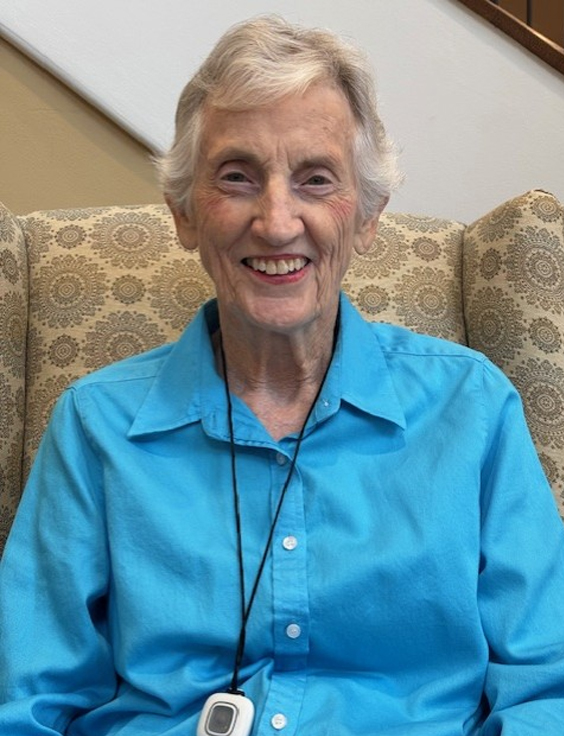
Getting to Know Your Neighbor
Resident of the Month: Emma Champion Massey, some people call her “Em”
Q: Where were you born?
A: Emma was born in Yellow Bluff, Alabama. The closest, small town was Pine Hill.
Q. Tell us a little about your life story:
A. Emma believes that she has had many angels in her life to help her over the years. After high school, she worked as a nanny and provided care for the elderly in Montgomery. Eventually she settled in Selma, and she worked for 30 years in the business department of a meat packing company. She married James Massey, and together they had a beautiful daughter.
Q: What’s your favorite food or treat?
A: Vanilla ice cream
Q: What’s your favorite color?
A: Blue
Q: What’s your favorite style of music?
A: Christian music
Q: Do you have any favorite hobbies?
A: Emma enjoys going out to eat and going to the movies. She plays a little piano, mostly hymns.
More Articles
Seasonal Blues or Something More? How to Spot Emotional Changes in Aging Loved Ones
In Something Wicked This Way Comes, Ray Bradbury captured the quiet strangeness that arrives when autumn fades. The air cools, the light changes, and everything …
Practical Financial Tips Every Retiree Should Know
Share our good news:
Halloween
Halloween’s roots go back to the Celtic festival of Samhain, marking the end of harvest and the start of winter. Germanic tribes carried these traditions—bonfires and beliefs about roaming spirits—into Europe, where they blended with local customs to become today’s Halloween.
World's Largest Beer Festival
Oktoberfest, held annually in Munich, Germany, is the world’s largest beer festival and a vibrant celebration of Bavarian culture. The festival, which began in 1810 to mark the royal wedding of Crown Prince Ludwig and Princess Therese, has since grown into a global phenomenon, attracting millions of visitors each year. Spanning over 16-18 days, Oktoberfest is a colorful spectacle of traditional Bavarian music, folk dances, elaborate dirndls and lederhosen, and, of course, an impressive array of beer served in large, stein-shaped mugs. The festival takes place in the iconic Theresienwiese fairgrounds, where beer tents, each hosted by Munich’s famous breweries, offer a cozy atmosphere for revelers to enjoy local brews such as Märzen, a lager traditionally brewed for the occasion. Beyond the beer, Oktoberfest also features carnival rides, food stalls serving hearty Bavarian fare like pretzels, sausages, and roast chicken, and a sense of community that attracts people from all corners of the globe. Whether you’re there for the brews, the food, or the infectious celebratory spirit, Oktoberfest is a true reflection of Germany’s hospitality and festive traditions.
Associate of the Month
Stephanie Alley

Let’s get to know our associate of the month, Stephanie Kaye Alley! Stephanie has been part of the Goldton family as a Housekeeper for two months, and she is such a welcome addition!
Q: Why did you choose to work in senior care?
A: I used to be a caregiver for 10 years, taking care of the mentally disabled. I love making people feel happy and loved. I truly feel this is my calling.
Q: Tell us a little about your life outside of work.
A: I have 2 cats, and I love being in nature, camping, or going to the TN River.
Stephanie’s Favorite Things:
Favorite Food or Go-to Snack: Chinese food, pizza and cheesecake
Favorite Book: The Chosen, The Crown, 80s movies, and Stephen King books
Favorite Music or Song: 80s music, Old Rock, Classical
Favorite Quote or Life Motto: “Do unto others as you would have them do to you.”
Collaborators

